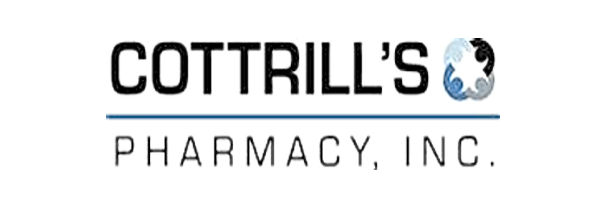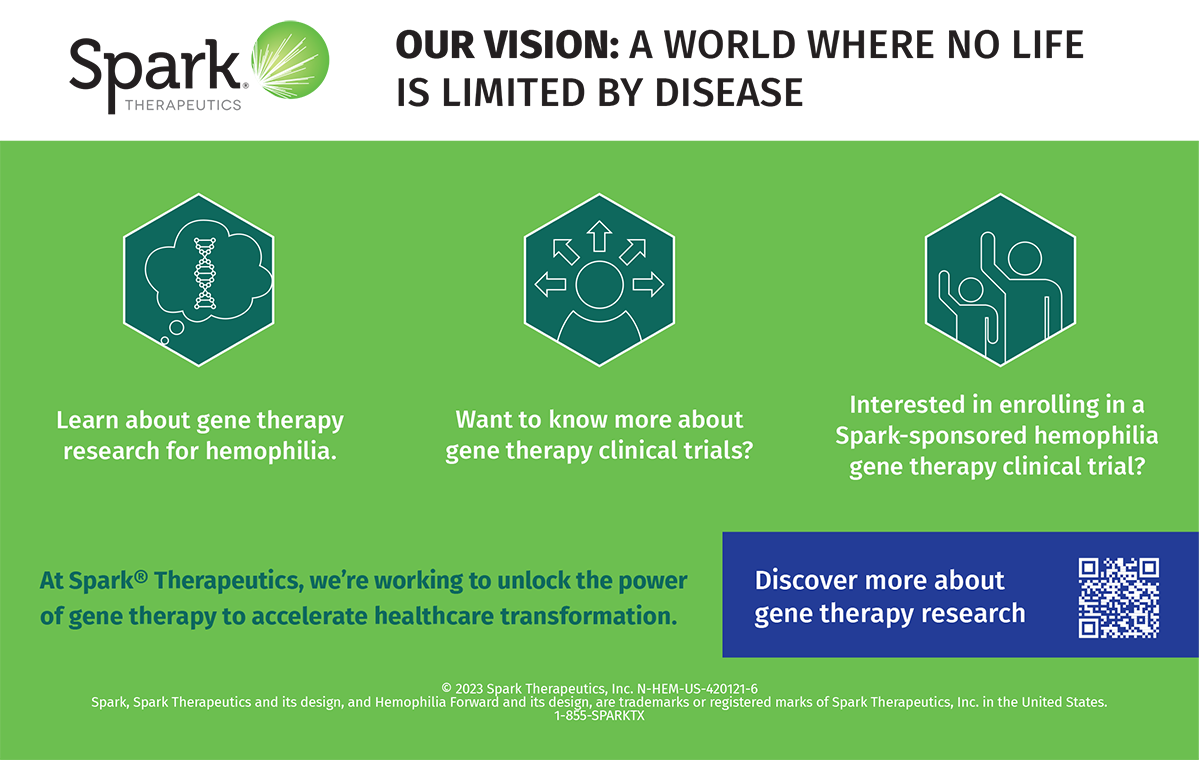Advocacy

Want to Support HFM?
Want to join our efforts but not sure where to start? Make a donation, join our Foundation as a member or volunteer your time and take advantage of this incredible opportunity to lend your support. These are great ways to contribute to our causes, and every little bit goes towards supporting the mission of the Hemophilia Foundation of Maryland.
Advocacy
Help is Our Main Goal
We influence those who make a difference
 We have a stated mission to advocate on behalf of our members. Advocacy happens every day and there are many ways to participate in advocacy activities throughout the year, including:
We have a stated mission to advocate on behalf of our members. Advocacy happens every day and there are many ways to participate in advocacy activities throughout the year, including:
- Writing letters to your elected officials regarding proposed changes to law or regulations
- Meeting with other state decision-makers, including state departments of insurance and Medicaid agencies
- Educating health plans about the needs of the bleeding disorders community
- Educating schools and employers about the needs of the bleeding disorders community
- Advocating to your health care provider about your unique health care needs
1.23.2025 Advocacy Update:
We anticipate the reintroduction of legislation aimed at banning copay accumulator adjustment programs in Maryland. The bill will be championed by Senator Steven Hershey and Delegate Steven Johnson. A copy of the proposed legislation is attached below. While a bill number has not yet been assigned, we expect it to be available soon. Once confirmed, we will promptly share a community update.
HFM is proud to be part of the Maryland All Copays Count Coalition. Our coalition partner, the Immune Deficiency Foundation, is organizing a Coalition Advocacy Day in Annapolis on Monday, February 10, 2025. They will coordinate meetings and facilitate the day’s activities. If you are interested in attending, please register [here]. Additional details will be provided soon, but we encourage early registration to ensure meetings are scheduled with legislators as quickly as possible.
HFM will also host an Advocacy Training Luncheon on Saturday, March 22, 2025, followed by a Community Outreach Day on Monday, March 24, 2025, to support this legislation. Stay tuned for more details!
Click here to view the legislation
If you are interested in learning more about advocacy and becoming a better advocate, take a few moments to explore the tools and resources below:
Maryland State Resources
- Hemophilia Federation of America - VISIT WEBSITE
- National Hemophilia Foundation - VISIT WEBSITE
- House of Representatives - VISIT WEBSITE
- U.S. Senate - VISIT WEBSITE
- U.S. Congress - VISIT WEBSITE
- Centers for Disease Control and Prevention - VISIT WEBSITE
- The Food and Drug Administration - VISIT WEBSITE
Copay Accumulator Patient Impact:
In the age of high deductibles and patient out of pocket expenditures, more and more people depend on copay assistance to afford their life-saving specialty medications. This video demonstrates how Copay accumulator adjustments affect patients requiring specialty medications with no generic alternatives. Learn more at hemophilia.org




